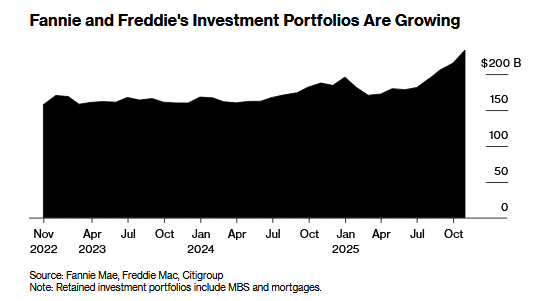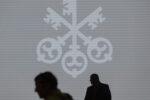1. As soon as it was clear that the ECB was not easing today, the euro began to recover, after making a marginal new low for the year (just above $1.11).
2. Draghi made it clear that easing was going to be delivered in September and on several fronts including rates (with mitigating measures like tiering) and new asset purchases (not decided on instruments, which plays into speculation of equity purchases—though I strongly doubt this will materialize).
3. In addition to adding the “or lower” when describing rates through mid-2020 (I had thought it could have been extended for all of 2020), the ECB dropped the phrase of inflation target being close to but below 2%, with a commitment to symmetry.
4. On the other hand, Draghi said explicitly that a) it was hard to be gloomy (? Germany business sentiment in the IFO fell to 10-year lows), and b) risk of a recession was low.
5. European bond yields rose a few basis points, and equities sold off hard—with the Dow Jones Stoxx ready to snap the four-day rally.
6. US durable goods orders were stronger than expected, as were shipments, which feed into GDP calculations. Weekly initial jobless claims fell three-month lows. The take-away is that Q2 GDP that will be reported tomorrow maybe a little above what the Fed sees as the long-term sustainable rate (1.8-1.9%). Fed still set to cut rates by 25 bp next week.
7. Key resistance for the euro is near $1.12, but the short squeeze looks to have run its course. The question is how much does it give back—or to say the same thing, how aggressive is the market in selling into the euro upticks.
Full story here Are you the author? Previous post See more for Next postTags: #USD,$EUR,ECB,FOMC,newsletter


































